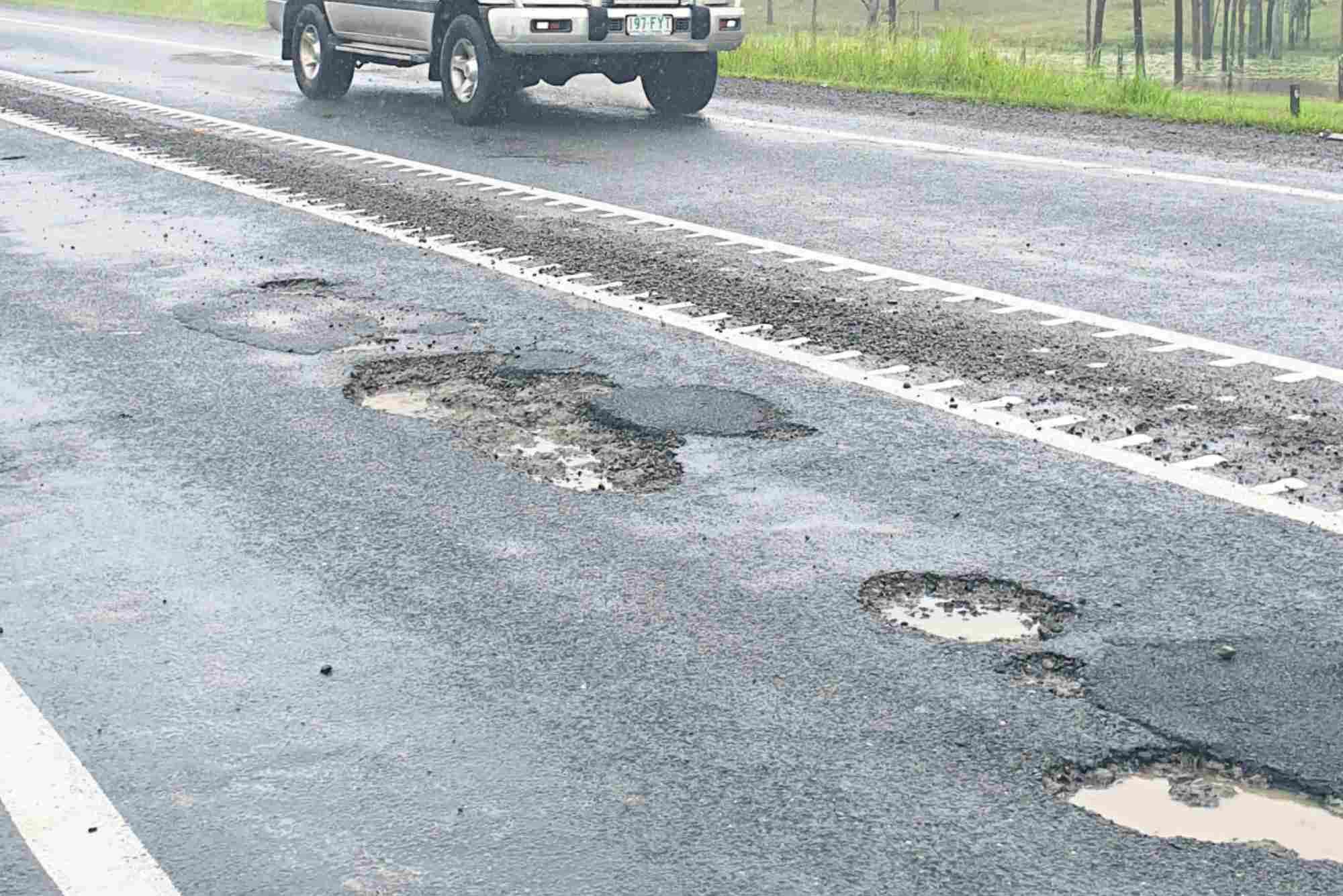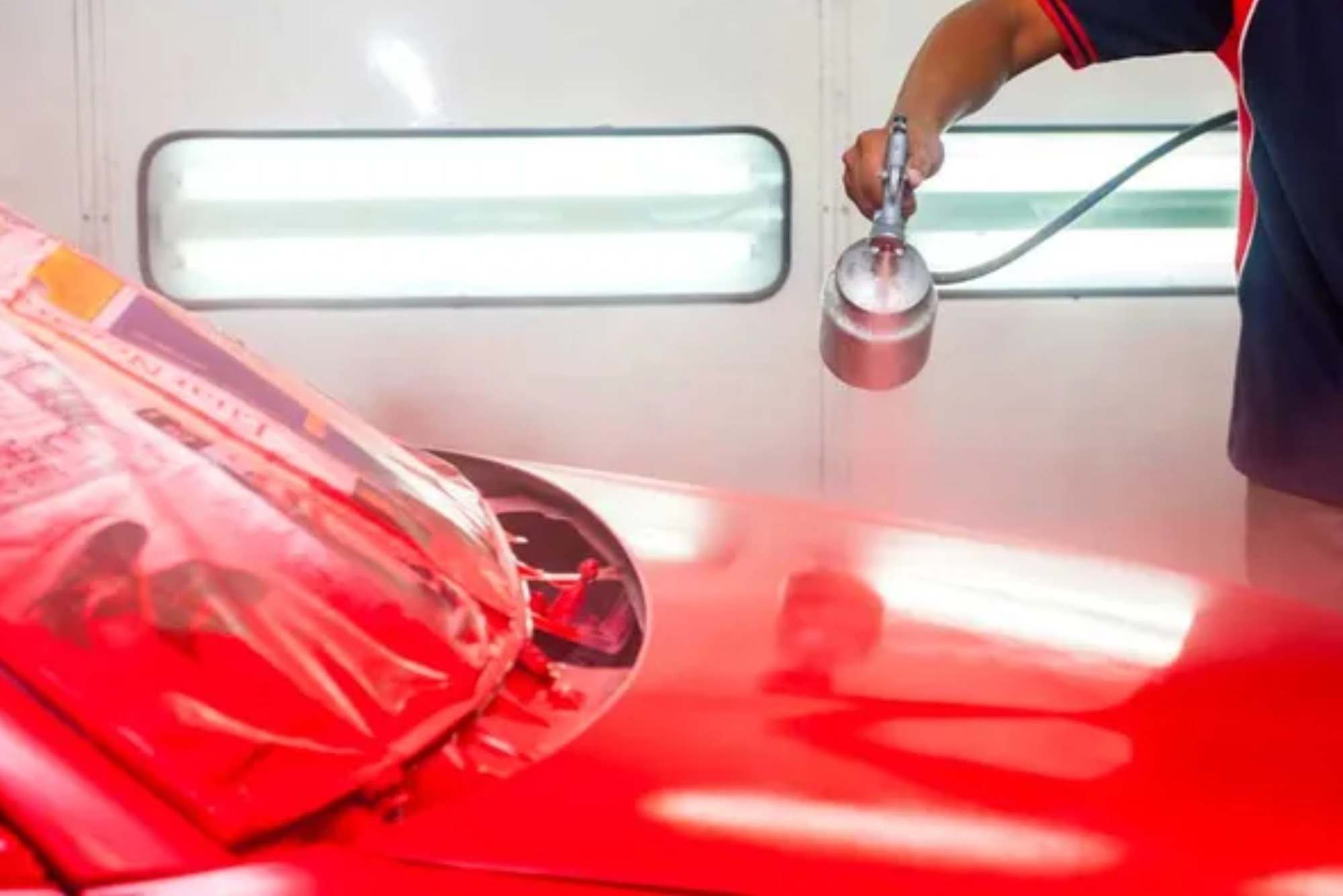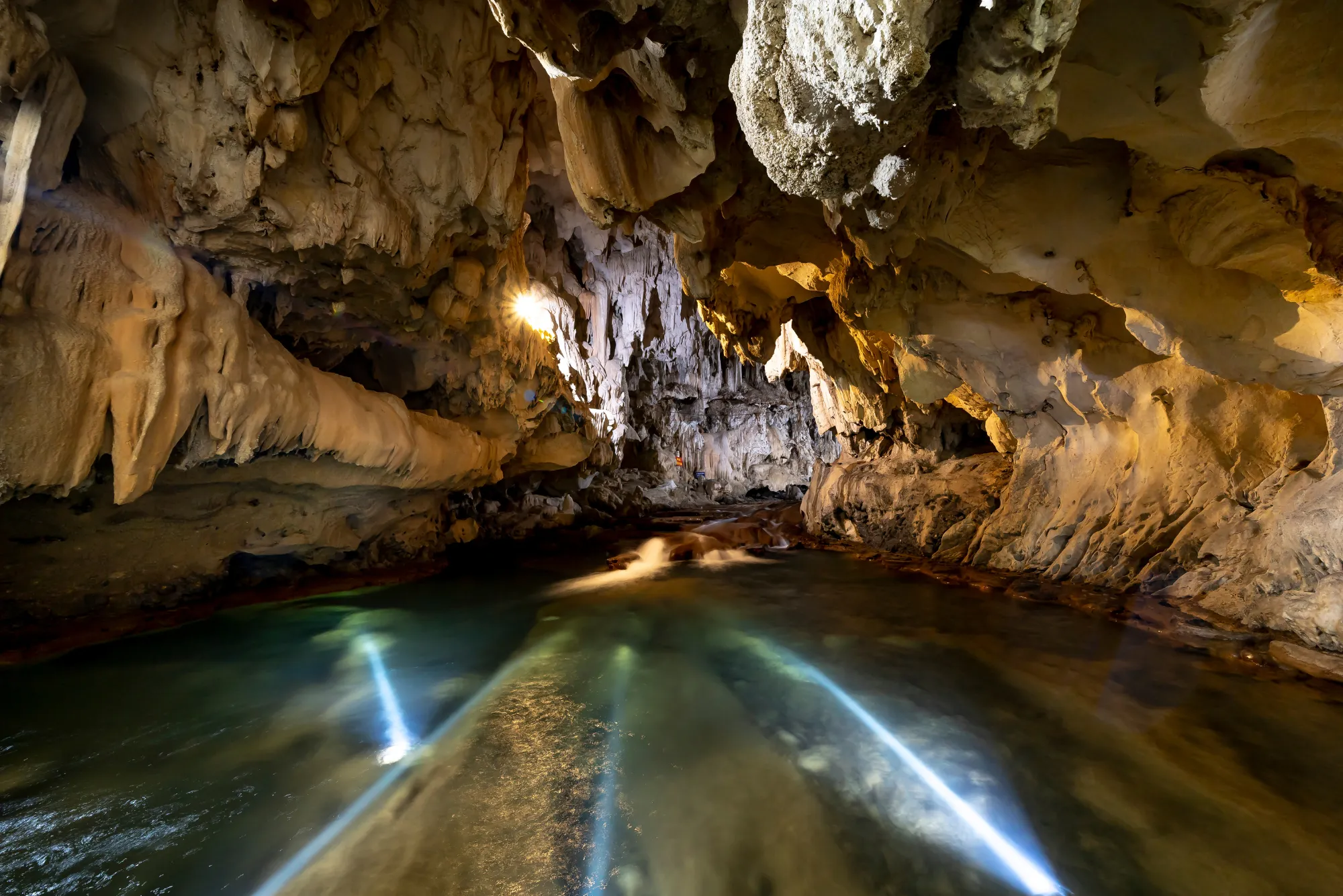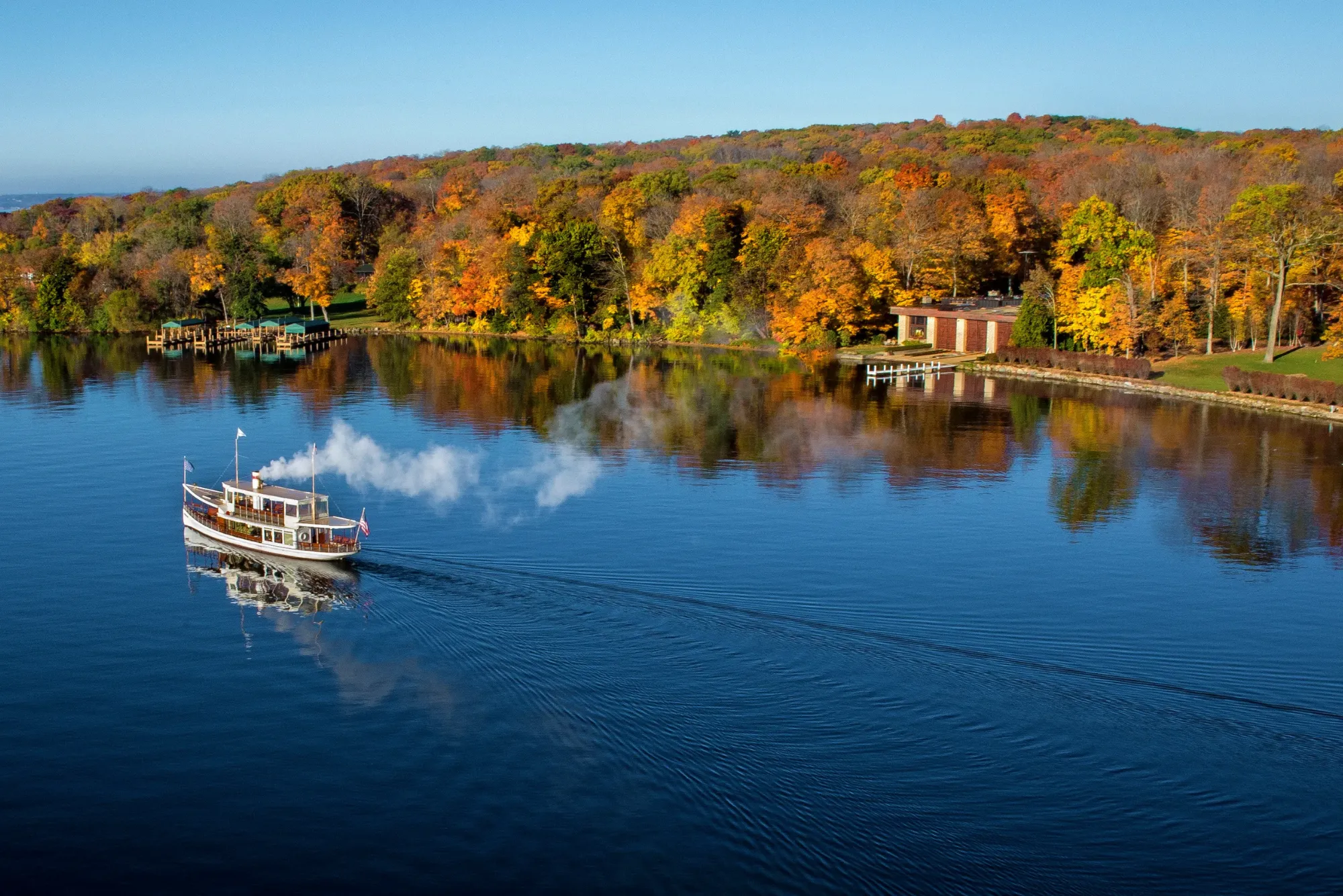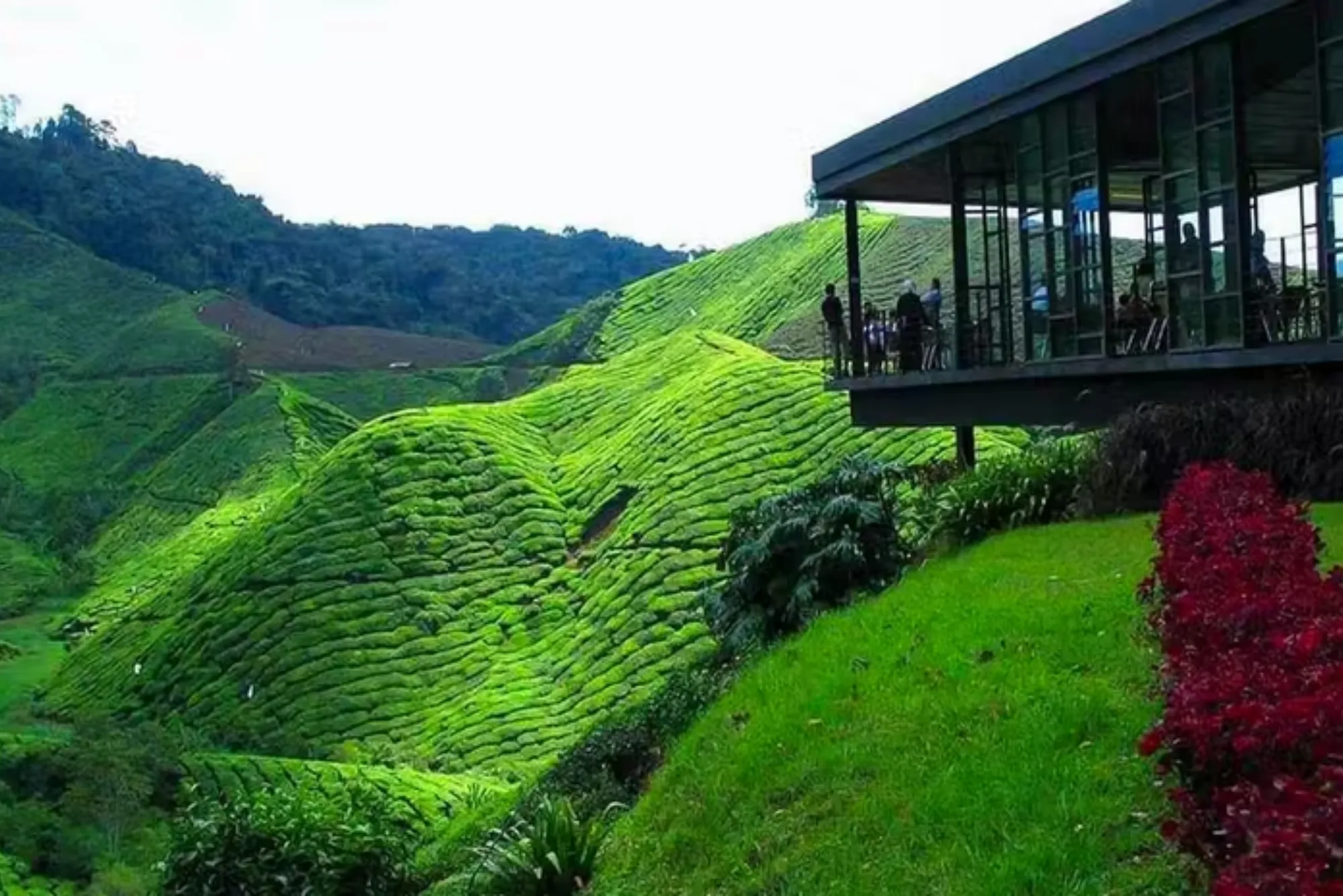The Journey Beyond Limits
Australia, a country known for its diverse landscapes, has always been a hotspot for adventurers and travelers. Among the many wonders it has to offer, one road stands out for its unique qualities—the Australian Melting Road. This fascinating path, associated with Sophie Foster, has captured the attention of explorers and tourists alike, intrigued by its mysterious appeal. In this guide, we will dive deep into this remarkable route, exploring its features, history, and why it has become so famous. This comprehensive article aims to offer insights for travelers planning to journey through this iconic Australian melting road.
What is the Australian Melting Road?
The term “Australian Melting Road” refers to a peculiar, visually striking road that stretches through the Australian landscape, famously associated with Sophie Foster. Foster, an Australian traveler and influencer, became widely recognized for documenting her experiences while navigating this fascinating route. The road itself is unique for its shifting, almost surreal appearance as it seems to melt under the scorching heat of the Australian sun.
This road offers travelers a once-in-a-lifetime experience as they traverse through changing landscapes—from towering, heat-baked cliffs to cooling stretches of forest. The visual effect of the road’s appearance gives it its ‘melting’ identity. It often seems as though the pavement is melting under the oppressive heat, hence its nickname.
Why is the Australian Melting Road so Famous?
Sophie Foster’s journey along this road has intrigued many due to its unusual and mysterious characteristics. The melting effect is caused by the intense heat that warps the road’s surface, which is made from a special type of asphalt designed to withstand the extreme climate. This phenomenon is especially visible during the Australian summer when temperatures can soar to unbearable heights, reaching over 40°C (104°F).
Travelers have been flocking to this location, curious to witness this natural phenomenon in action. The road not only offers an unusual visual experience but also provides a challenging environment for those who are ready to take on an offbeat adventure. The Australian Melting Road is often featured in documentaries and travel blogs because of its surreal qualities and the stories shared by those who have ventured through it.
Planning Your Trip on the Australian Melting Road
If you’re planning to visit the Australian Melting Road, there are several essential steps you should follow to ensure a safe and enjoyable journey. Here’s a detailed breakdown of what you need to know:
Research the Route
Before heading out, it’s crucial to conduct thorough research. Look up information about the route, including the best time to visit, and how to prepare for the journey. The Australian Melting Road stretches across various parts of the country, but its melting effect is most visible in remote desert areas, so plan accordingly.
Choose the Right Time to Visit
To fully experience the unique qualities of the Melting Road, the best time to visit is during the summer months of December to February, when the temperatures are at their highest. However, keep in mind that traveling during this time can be challenging due to the extreme heat.
Pack Essential Supplies
Given the harsh environment, it’s important to carry sufficient water, food, and emergency supplies. The road may take you through remote areas where services and facilities are limited. Make sure to have a GPS or offline maps to navigate these areas.
Prepare Your Vehicle
Your vehicle must be capable of handling extreme temperatures and rough terrains. It’s advisable to use a four-wheel-drive (4WD) vehicle, as this will ensure you’re prepared for the road’s unpredictable nature.
Be Ready for the Heat
The heat can be overwhelming, and dehydration is a serious risk. Pack cooling products like cooling towels and extra clothing. Consider wearing light, breathable clothing, and a good sunscreen to protect your skin from the scorching sun.
Follow Safety Guidelines
When traveling through isolated or remote locations, always follow safety guidelines. Keep an eye on weather updates, and if possible, inform someone of your travel plans.
Understanding the Impact of Sophie Foster’s Journey
Sophie Foster’s Australian Melting Road expedition has added a layer of cultural importance to this already fascinating route. Her ability to capture the road’s surreal and melting qualities on her social media accounts and travel blogs has allowed others to connect with the experience, encouraging more adventurers to try it for themselves.
Foster’s journey isn’t just about documenting the physical aspects of the road—it’s about sharing the feelings of awe and wonder that come from traversing a landscape so unlike anything else on Earth. Through her storytelling, Sophie has shown how to truly appreciate the beauty and danger of the Melting Road. Her personal stories are valuable lessons for those considering the same journey, as she imparts wisdom on navigating the challenges of this extreme environment.
Common FAQs on the Australian Melting Road
Q1: How long is the Australian Melting Road?
The road stretches for several hundred kilometers across the Australian desert, though the most well-known section is located in the outback. Specific distances vary depending on the exact route taken, but it can take anywhere from 1 to 2 days to traverse the entire stretch.
Q2: What is the best time to visit the Australian Melting Road?
The best time to visit is during the Australian summer (December to February) when the road’s melting effect is most visible. However, the extreme heat can make this time of year challenging for travelers, so it’s essential to be fully prepared.
Q3: Can I drive a normal car on the Melting Road?
While it is technically possible, a four-wheel-drive (4WD) vehicle is highly recommended for this kind of terrain. The road can be rough and uneven, and a 4WD vehicle will give you better control and safety during your journey.
Q4: Is there any accommodation along the Melting Road?
Accommodation along the route is limited, particularly in more remote areas. It’s best to camp or plan your route with enough supplies to avoid traveling long distances without access to services.
Q5: Are there any dangers I should be aware of?
Yes, extreme heat is the most immediate danger, along with the isolation of the route. Dehydration, vehicle breakdowns, and heat exhaustion are risks you need to be prepared for. Make sure to carry enough water, food, and first-aid supplies, and always have a plan in case of an emergency.
In conclusion, Sophie Foster’s exploration of the Australian Melting Road has not only drawn attention to a unique natural phenomenon but has also become an inspiration for travelers worldwide. This road is a testament to the power and unpredictability of nature, where heat and time combine to create a living, changing landscape. If you’re up for an adventure, this surreal journey promises to be one for the books. For more travel-related content and detailed guides, be sure to check out Travel Drives.

